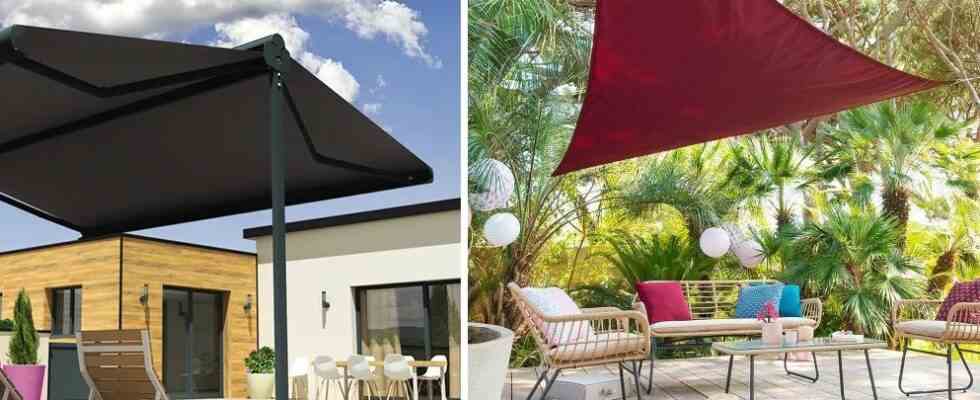What solution to cover your terrace?
To select the most suitable solution for your terrace, it is essential to first consider practical criteria: the surface area of the terrace, its configuration, its exposure – especially to the wind, and, of course, the budget you have. Some solutions are also removable, while others are intended to remain in place throughout the year. In this case, it is particularly important to choose a solution that harmonizes well with the architecture. Finally, some solutions are modular, which allows you to discover the terrace according to your needs.
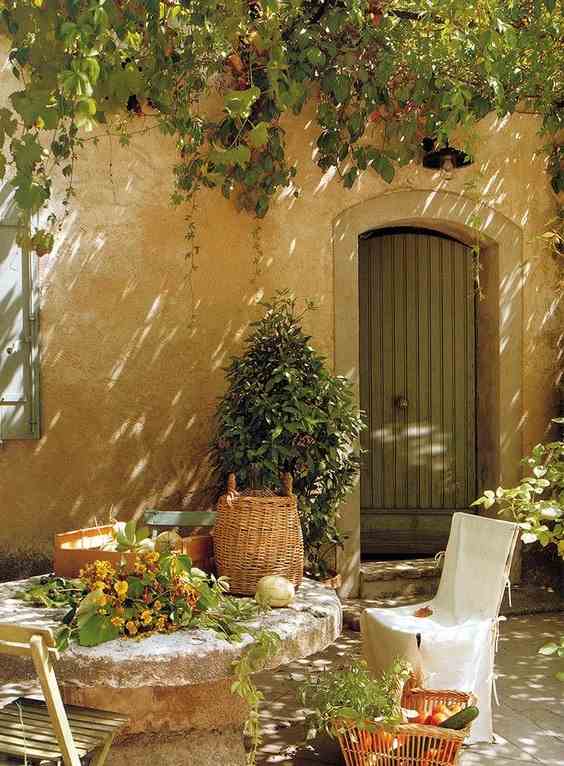
The trellis is undoubtedly the most natural option for covering the terrace. However, this solution provides pleasant shade when it is hot, but it is not very effective in the face of a downpour. It is therefore preferably reserved for regions with the mildest climate. The choice of plants is fundamental. This will avoid plants producing fruit, which can be very messy and ruin the covers of the garden furniture.

Thanks to technical progress, the awning offers effective protection against both minor weather conditions and UV rays. Much lighter than in the past, it is also able to cover a larger area. The awning also has a vertical panel, to guarantee you more protection and comfort. The canvas is available in a wide variety of colors – even patterns: it can thus bring a real decorative touch to the facade, once deployed.
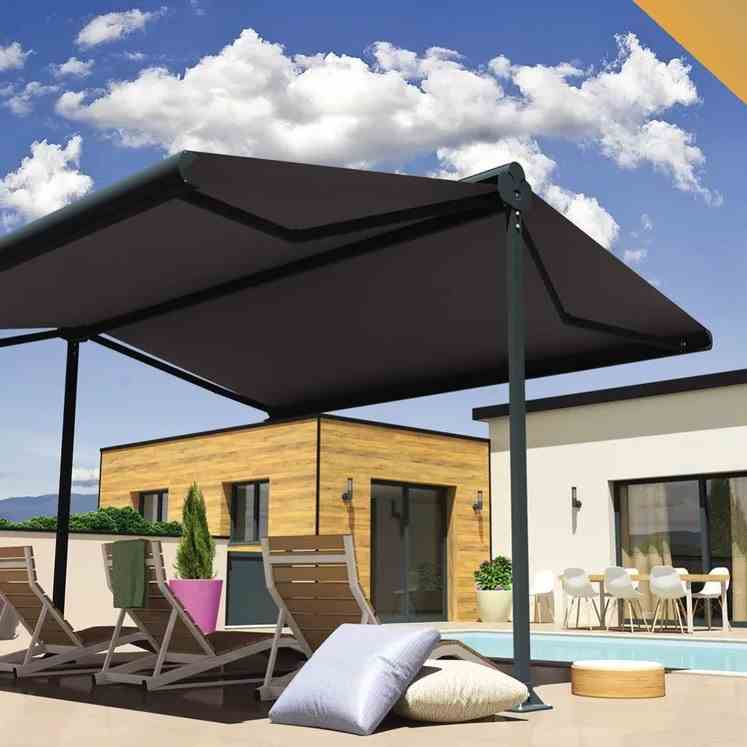
If you need to cover a specific area of the terrace located away from the facade, consider the double slope awning on feet: this self-supporting system is particularly suitable if you like to organize large tables or by the pool. However, this solution should be avoided when the terrace is exposed to the wind.
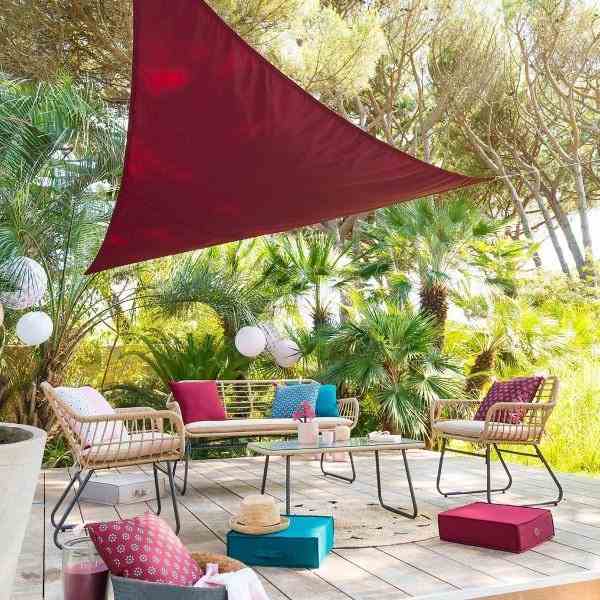
The shade sail (or shade cloth) is a very decorative solution for covering the terrace. Its main asset is its ability to adapt to all configurations. Indeed, the veil adapts as well to a very small surface as to an XXL terrace. And if it can be attached to the facade, you can also exclusively use a post system to install it. Just like the awning, the shade sail is available in a wide range of colors. It can therefore be very sober, or resolutely decorative. To bring dynamism to your outdoor spaces, consider combining several models and favor triangular formats.
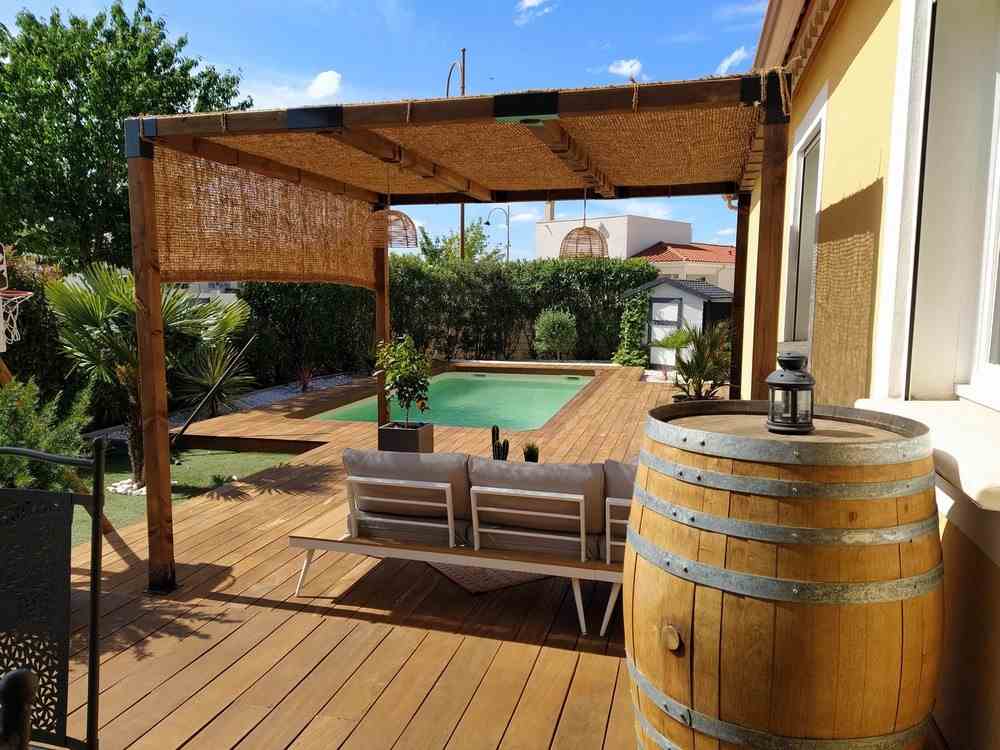
The shadehouse is a 100% natural alternative to shade cloth, as it is made of coconut fiber. Resistant to bad weather, since it is rot-proof, it can stay outside throughout the year. It can be posed like a shade sail, by simply being suspended, or take place on a pergola. With its sober and natural aesthetic, it is as stunning on a contemporary terrace as it is to cover the terrace of an old building.

The bioclimatic pergola is a house extension that allows you to enjoy the terrace for most of the year. It protects the garden furniture from bad weather and the sun, and allows you to gain a few extra degrees of freshness. Its oriental slats also allow you to precisely adjust the amount of sunlight you want to enjoy.
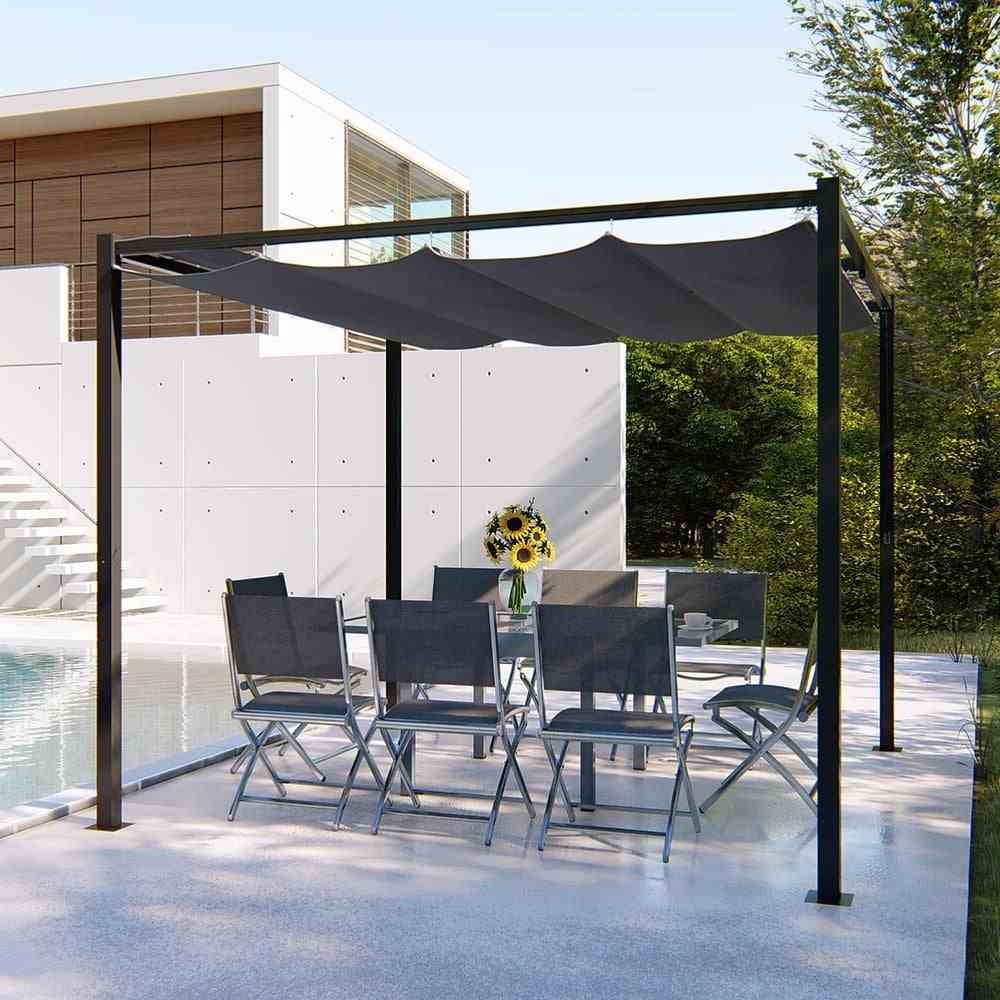
More accessible than the pergola and often removable, the arbor is a self-supporting structure that can take place anywhere in the garden, including on the terrace. It can be made of wood, PCV or metal, and comes in a wide variety of designs: it can therefore adapt to any architecture, and it brings a very aesthetic touch to your outdoor spaces.

The velum is a blind that is deployed specifically on a support – from the simple wooden or metal structure to the pergola. The velum is one of the solutions favored by catering professionals, and for good reason: very aesthetic, this canvas maintained by bars and cables protects as effectively from the sun as from bad weather.
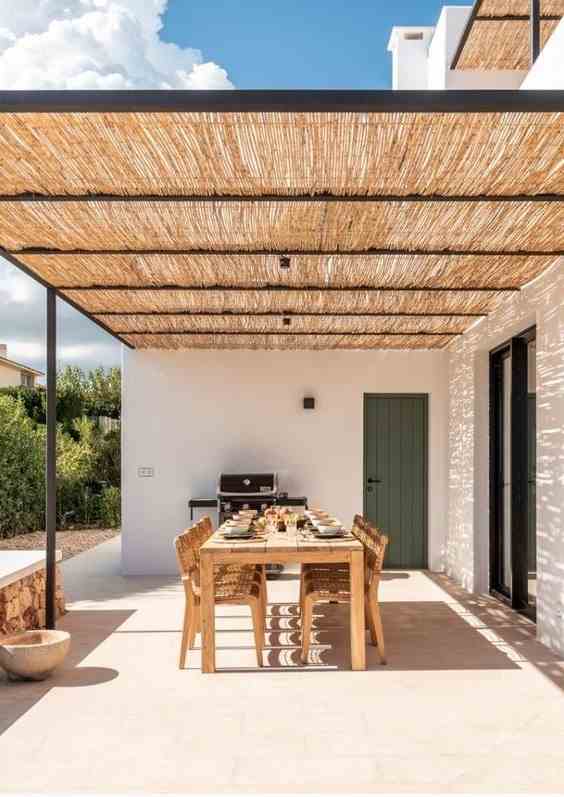
Installed on a veranda or arbor type structure, the canisses are mainly used to cover the terrace to protect against the wind and vis-à-vis. This material at a very low price acts as a screen, without preventing the light from passing through. Originally, reeds are reeds, but now you can prefer a synthetic version. Iconic of sunny destinations, reeds are particularly prized for their natural appearance.
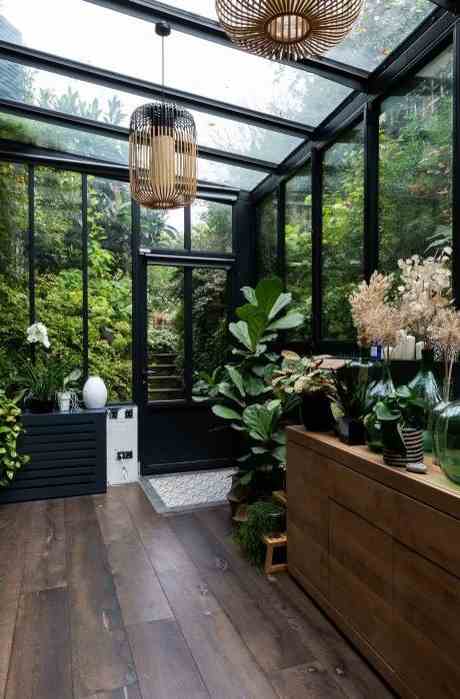
The veranda is the ultimate solution for covering the terrace. Being able to open wide and close completely, it allows you to enjoy the terrace almost all year round. Traditionally, it serves as a winter garden. Technical improvements now allow you to benefit from remarkable insulation: you can therefore transform the terrace into a real living room, by fitting out the living room, the dining room or the kitchen, or even a bedroom.
Covering your terrace: what you need to know
The pergola or the veranda are house extensions. Therefore, if their area is greater than 5m² (and less than 20m²), a declaration to the town hall is necessary. Beyond 20 m², the building permit is mandatory. When it comes to covering a terrace in a condominium, including with an awning, the agreement of the syndic is essential.

